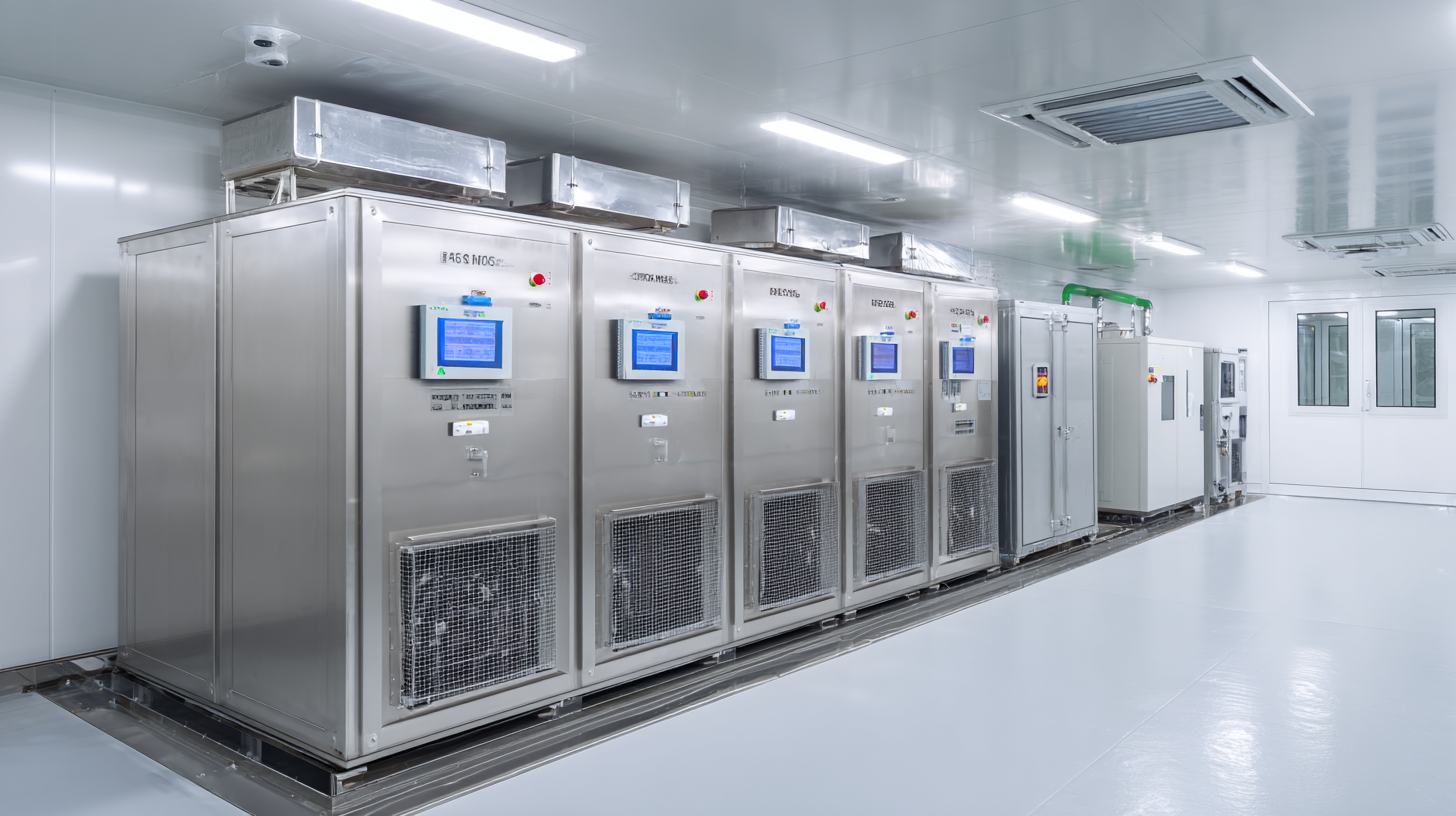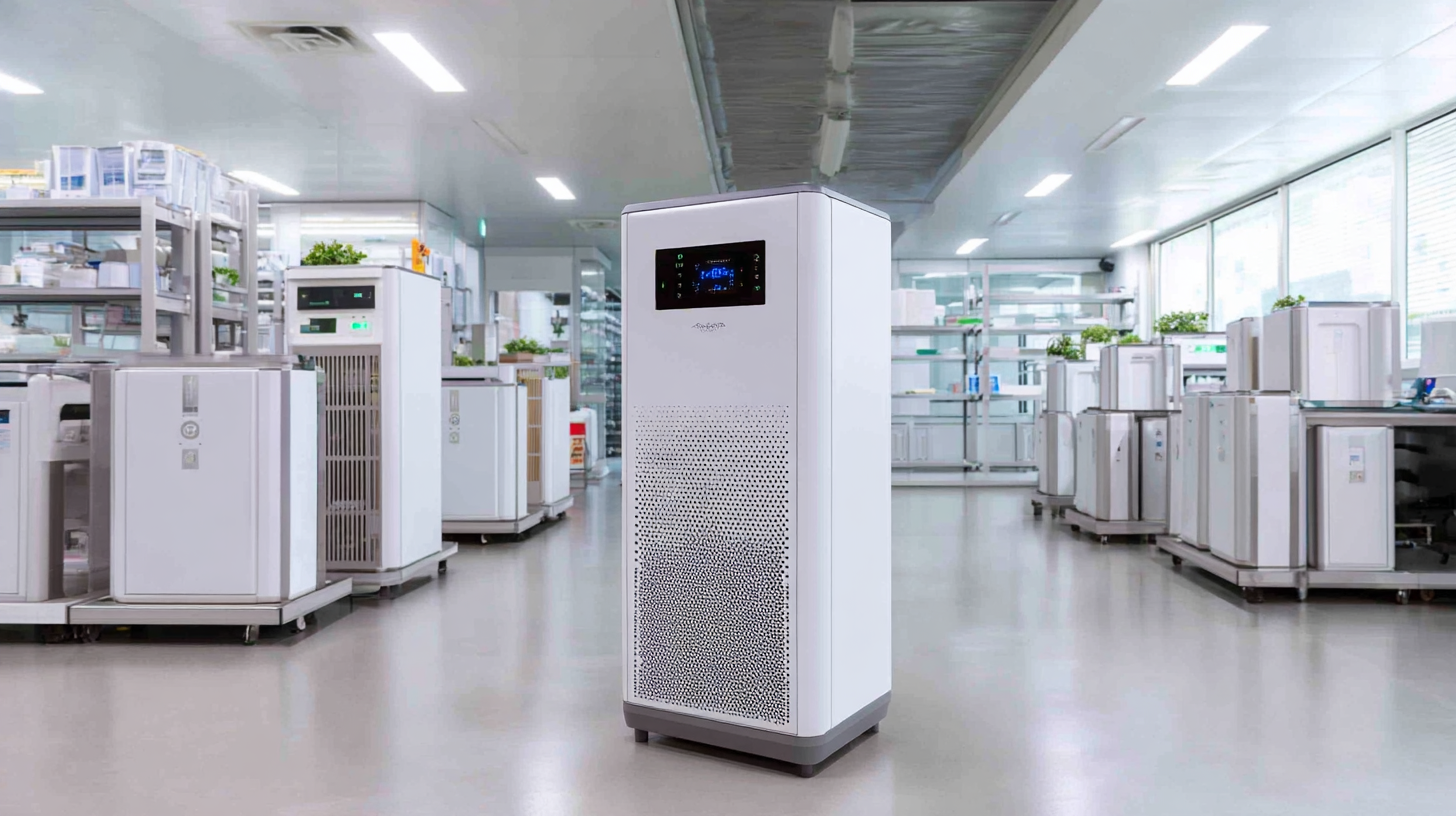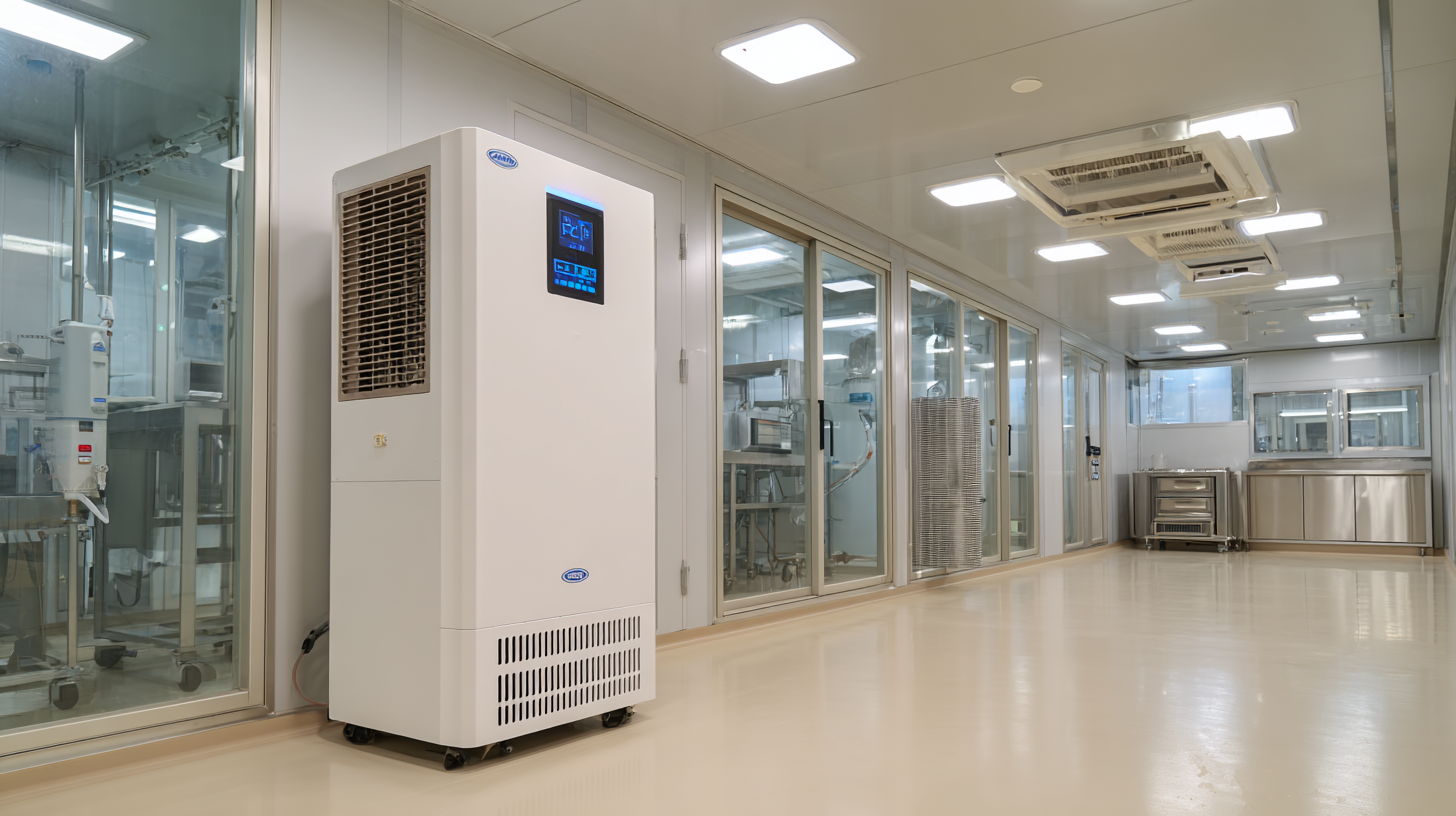
How to Choose the Best Clean Room Air Purifier for Your Facility's Needs
In today’s highly controlled environments, the significance of a Clean Room Air Purifier cannot be overstated, particularly as industries prepare to meet the escalating demand for cleaner air quality. According to recent market analysis reports, the global cleanroom air purifier market is projected to reach over $6 billion by 2025, driven by the increasing standards in sectors such as pharmaceuticals, biotechnology, and electronics. These industries are under constant pressure to maintain contaminant-free environments to ensure the integrity of their products and processes. As such, the selection of the appropriate clean room air purifier is crucial, not only to comply with regulatory requirements but also to enhance operational efficiency and product safety. With advancements in filtration technology and increasing awareness of air quality's impact on health and productivity, understanding how to choose the best clean room air purifier tailored to your facility's specific needs is more important than ever.

Understanding Clean Room Standards and Requirements
When selecting the best clean room air purifier, it's crucial to understand the industry standards and requirements that govern clean room environments. According to the Federal Standard 209E, clean rooms are categorized based on the allowable particle counts in the air. For instance, Class 10 clean rooms allow only 10 particles per cubic foot, while Class 100 has a limit of 100 particles. These stringent standards underscore the need for high-quality air purification systems that can effectively reduce contaminant levels and maintain the necessary air quality for sensitive processes in industries such as pharmaceuticals, biotechnology, and microelectronics.
When choosing an air purifier, consider the HEPA filtration efficiency, as it must capture at least 99.97% of particles that are 0.3 microns in size. Additionally, it is advisable to look for purifiers that incorporate ULPA filters, which can capture even smaller particles. Tip: Regularly monitor and maintain your air purification systems to ensure they meet the specified clean room standards, as filter saturation can lead to decreased efficiency.
Moreover, the placement of air purifiers within the clean room is important. They should be strategically located to promote effective air circulation while minimizing dead zones where contaminants can accumulate. Tip: Utilize airflow analysis tools to identify optimal positioning for your air purifiers, ensuring you maximize the effectiveness of your clean room protocols. This attention to detail will contribute significantly to maintaining the integrity of your clean room environment.

Key Technical Specifications for Air Purifiers
When selecting the best clean room air purifier for your facility's needs, understanding key technical specifications is paramount. One critical factor is the HEPA filter efficiency, which is essential for capturing particulate matter, including PM2.5, known for its detrimental effects on health. Recent studies indicate that HEPA filters can achieve over 99% efficiency in trapping particles of varying sizes, making them a top choice for environments requiring stringent air quality standards.
Another important specification is the air changes per hour (ACH) rate, which measures how many times the air within a room is replaced with filtered air. A higher ACH is crucial in settings like laboratories or hospitals, where contamination risks are high. Additionally, features such as smart integration capabilities, which can optimize air purification in line with building management systems, are becoming more prevalent. This adaptive approach not only enhances indoor air quality but also aids in effective energy management, helping facilities to operate more efficiently while maintaining a safe environment.
How to Choose the Best Clean Room Air Purifier for Your Facility's Needs
This chart illustrates key technical specifications for air purifiers that are essential when selecting the best option for a clean room environment. The specifications include Clean Air Delivery Rate (CADR), Filter Efficiency, Noise Level, Power Consumption, and Weight, allowing facilities to make an informed decision based on their specific needs.
Evaluating Filtration Technologies: HEPA vs. ULPA Filters
When selecting a clean room air purifier, understanding the differences in filtration technologies is crucial. HEPA (High-Efficiency Particulate Air) filters are designed to capture 99.97% of particles that are 0.3 microns or larger. This makes them an excellent choice for environments where maintaining extremely low levels of airborne contaminants is essential. On the other hand, ULPA (Ultra-Low Penetration Air) filters go a step further, with an efficiency rating of 99.999% for particles down to 0.12 microns. This higher filtration capability makes ULPA filters ideal for highly sensitive applications such as semiconductor manufacturing or pharmaceutical production.
**Tip**: When choosing between HEPA and ULPA filters, assess the specific needs of your facility. If your clean room doesn't require the stringent specifications of ULPA filtration, a HEPA filter might be sufficient and more cost-effective.
**Tip**: Regular maintenance and timely replacement of filters are vital to ensure optimal performance. Neglecting this can lead to decreased air quality and could potentially compromise your clean room’s integrity. Keep a maintenance schedule to regularly check and replace filters as needed.
How to Choose the Best Clean Room Air Purifier for Your Facility's Needs
| Feature | HEPA Filters | ULPA Filters |
|---|---|---|
| Particle Removal Efficiency | 99.97% for 0.3 micron particles | 99.999% for 0.12 micron particles |
| Typical Applications | Hospitals, laboratories | Pharmaceuticals, semiconductor manufacturing |
| Cost | Moderate | Higher |
| Filter Lifespan | 1-3 years | 1-2 years |
| Airflow Resistance | Moderate | Higher |
| Maintenance Requirements | Regular inspections | Frequent monitoring and replacement |
Airflow and Capacity: How to Match Purifier to Room Size
When selecting the best clean room air purifier for your facility, it's crucial to prioritize airflow and capacity to ensure an effective match with your room size. A well-sized air purifier will not only enhance air quality but also maintain optimal performance. For instance, if your room is medium-sized, consider a unit designed to accommodate spaces of up to 800 square feet. Ensure that the purifier's airflow rate aligns with the dimensions of your clean room for maximum efficiency.
Tips for Choosing the Right Air Purifier: First, measure your room's square footage and calculate the required airflow in cubic feet per minute (CFM) for the purifier. Look for models that specify their CFM ratings to easily compare options. Additionally, consider the types of filters used. HEPA filters are essential for trapping pollutants and ensuring high-quality air purification.
Another important aspect is the noise level of the air purifier. A quieter model may be necessary for environments requiring minimal distractions, while still providing adequate airflow and purification. Always check user reviews for insights on performance and efficiency to make a well-informed decision tailored to your specific needs.

Noise Levels and Energy Efficiency Considerations
When selecting the best clean room air purifier, noise levels and energy efficiency are critical factors to consider. According to a report by the International Organization for Standardization (ISO), clean rooms require low decibel levels to maintain a conducive working environment, particularly in sensitive settings like laboratories and manufacturing facilities. Generally, air purifiers with noise levels below 60 dB are preferred, as this threshold minimizes disruptions while ensuring effective filtration.
**Tip:** Look for models equipped with sound-dampening technologies or adjustable fan speeds, which allow operators to customize performance based on operational demands.
Energy efficiency provides another layer of optimization, particularly given the high operational costs associated with maintaining clean environments. The U.S. Environmental Protection Agency (EPA) suggests selecting air purifiers that meet Energy Star standards; these models must demonstrate significant energy savings compared to standard equipment. According to the latest data, energy-efficient air purifiers can reduce operational costs by up to 30%, making them not only environmentally friendly but also economically viable.
**Tip:** Check for inverter technology in air purifiers, which can significantly decrease energy consumption and extend the lifespan of the unit while maintaining consistent purification levels.
